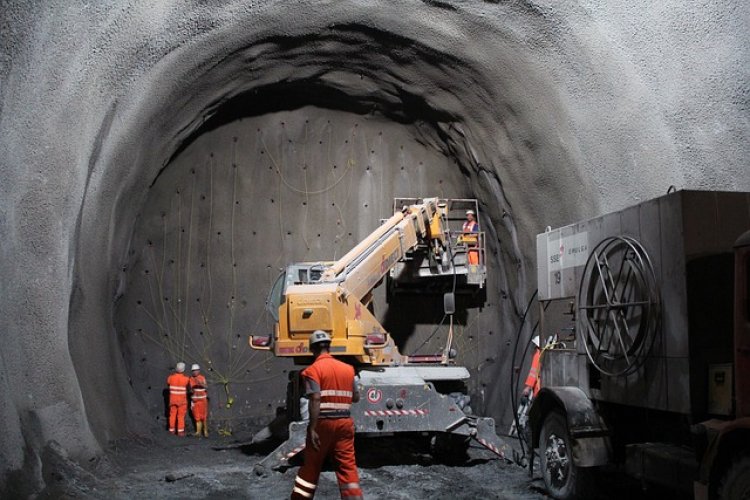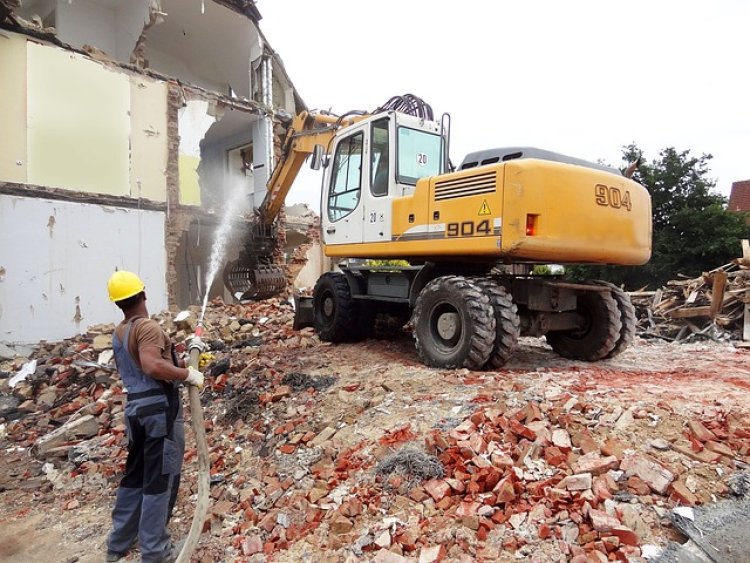The Impact of Building Demolition on the Environment
understanding the environmental impact of building demolition is the first step towards sustainable urban development.
Introduction
With urbanization and industrial development, building demolition has become a common occurrence across the globe. While it paves the way for new constructions and infrastructural development, what is often overlooked is the significant impact building demolition has on the environment. This article aims to shed light on the environmental consequences of building demolition, including waste generation, air and noise pollution, and increased energy consumption. Moreover, it will explore sustainable demolition practices that can mitigate these impacts.
1. Defining Building Demolition
Building demolition is the process of dismantling buildings and structures. It involves tearing down structures, removing debris, and preparing the site for new construction. While demolition is essential for urban renewal and infrastructure development, its environmental implications are profound and worth considering.
Building demolition, on the surface, might seem like a straightforward process. But in reality, it's a complex procedure involving careful planning, execution, and management. It's not just about tearing down structures; it's about understanding the materials used in the construction, the potential hazards involved, and the subsequent impact on the environment.
2. Environmental Impacts of Building Demolition
The environmental impacts of building demolition are significant and multifaceted. Uncontrolled demolition can lead to air pollution, noise pollution, and vibration damage to nearby structures. Dust and debris contaminating the air can lead to respiratory issues among nearby residents. Additionally, the disposal of building waste often results in significant landfill burden, contributing to further environmental degradation.
2.1 Waste Generation
One of the significant environmental impacts of building demolition is waste generation. Demolition activities generate enormous amounts of waste materials, including concrete, bricks, metals, wood, glass, and insulation. If not managed properly, these wastes can end up in landfills, contributing to environmental degradation and pollution.
2.2 Air Pollution
Demolition processes are often associated with the release of dust and other pollutants into the atmosphere, contributing to air pollution. The dust generated during demolition can contain harmful substances such as asbestos, lead, and silica, posing serious health hazards to workers and nearby residents.
2.3 Noise Pollution
Noise pollution is another significant concern associated with building demolition. Heavy machinery and demolition processes can generate high noise levels, leading to noise pollution. This can have detrimental effects on the wellbeing of people living or working near demolition sites.
2.4 Energy Consumption
Building demolition entails high energy consumption, mainly due to the use of heavy machinery and equipment. This not only leads to increased greenhouse gas emissions but also depletes natural resources.
3. The Path to Sustainable Demolition
In light of these environmental impacts, it is crucial to shift towards more sustainable demolition practices. These include deconstruction, where buildings are carefully dismantled to salvage and reuse materials, thereby reducing waste. Additionally, implementing dust control measures and using quieter equipment can help mitigate air and noise pollution. Moreover, energy-efficient machinery can be employed to minimize energy consumption.
The path to sustainable demolition is not only achievable but also essential. Adopting green demolition practices, such as recycling construction materials, can significantly reduce environmental impacts. The key lies in a robust waste management plan that prioritises recycling and reusing materials. For instance, concrete can be crushed and used as aggregate in new constructions, while steel from structures can be melted down and reused.
4. Conclusion
Building demolition, a necessity in today's urbanized world, has significant environmental impacts. These include waste generation, air and noise pollution, and high energy consumption. However, by adopting sustainable demolition practices, it is possible to mitigate these effects, paving the way for a greener and more sustainable future. Therefore, it is crucial for policymakers, construction companies, and society at large to understand these impacts and work towards sustainable solutions.
In conclusion, understanding the environmental impact of building demolition is the first step towards sustainable urban development. By adopting eco-friendly practices, we can ensure that progress and development do not come at the cost of our environment.

 Eliza009
Eliza009 

















